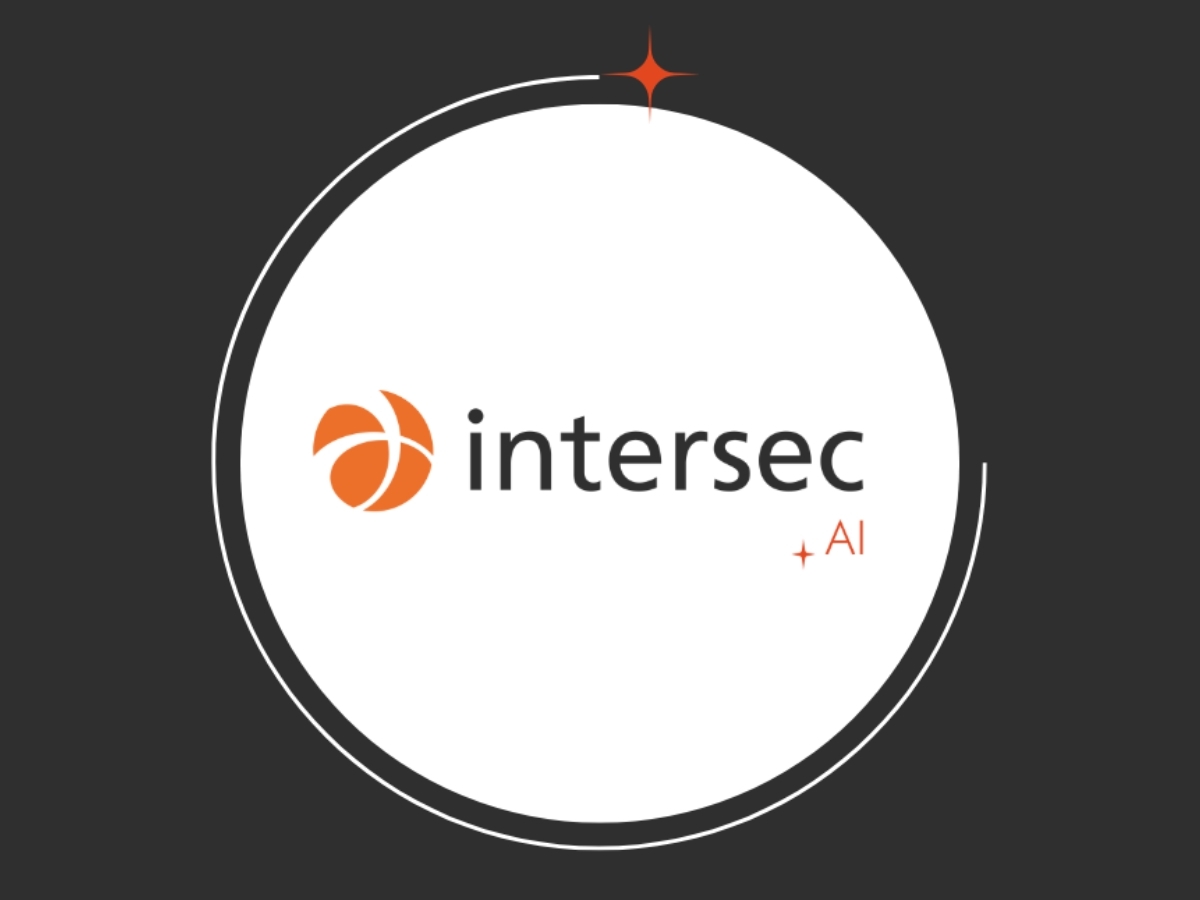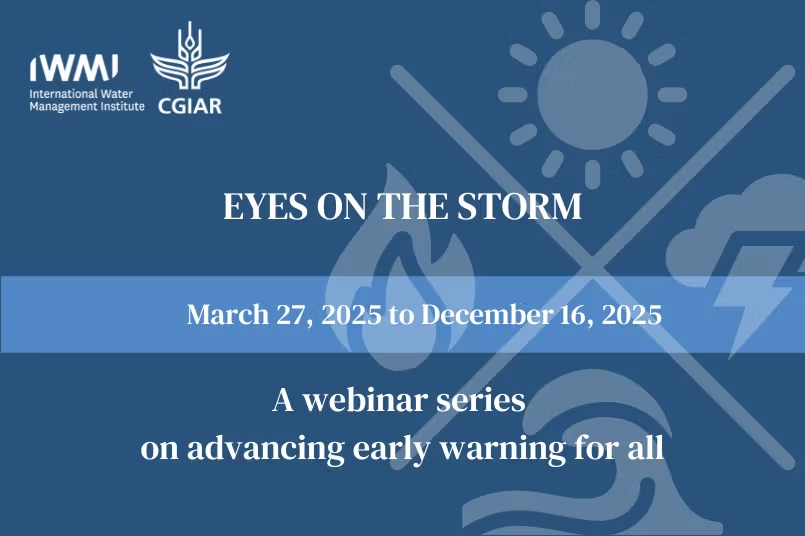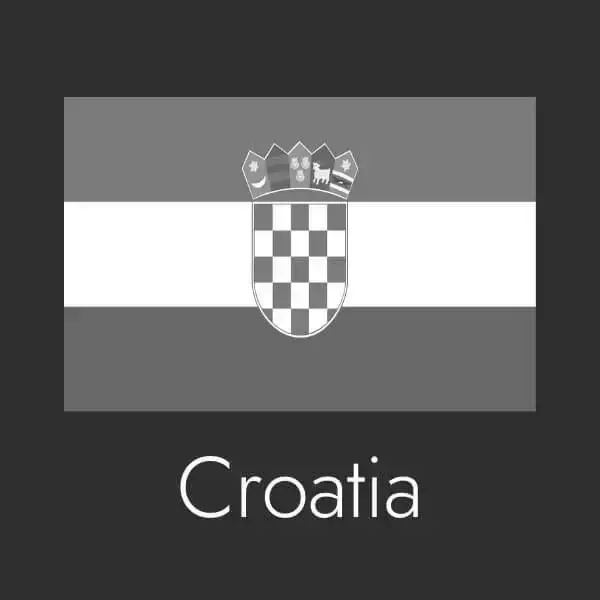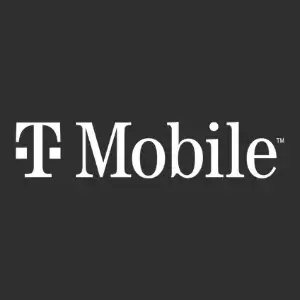In December 2018, Article 110 of the European Electronics Communication Code (EECC) was passed, which required EU Member states to implement modern public warning systems by June 2022. While some EU member states are starting to deploy such solutions, others have still not deployed any solution to send a message to people’s phones when such disasters occur. We strongly believe that we should not wait for disasters to occur before implementing fundamental technologies that better protect our populations.
In 2021, with our consortium partners, we were awarded the majority of the new PWS projects in the European Union. We are extremely proud of this achievement, placing Intersec as the uncontested PWS leader in the EU region, and resulting in better protecting EU citizens and visitors in the event of danger.
Intersec offers a specialized software suite for public alerting and crisis management requirements. Our suite addresses both the needs of public authorities and the special needs of telecommunications operators involved in the global public warning architecture at the national or regional scale:
- On one hand, we support a wide range of public bodies regarding emergency alerts, crisis management, and the safety of communities.
- On the other hand, our Telco solution fits perfectly into the national public warning architecture. It combines cell-broadcast and location-based SMS technologies to disseminate messages effectively and efficiently.
“EENA* calls on:
- Member States to deploy modern and reliable systems to warn citizens of major disasters on their phones as soon as possible and before the legal deadline. Two technologies are available, each with pros and cons, and they can also be used together: Cell Broadcast and SMS. Smartphone apps should not be considered as equivalent in terms of coverage, as the download rates will never be high enough to cover most of the population.
- Member States to do their utmost to maintain or develop accessible and multi-channel public warning systems, including phone-based warning and other channels such as sirens, radio, TV and social media. The deployment of different technologies to alert the population should come together with a well-defined public warning strategy.”
We cannot control when unforeseen situations occur but, we can manage its outcome if we prepare for the unknown ahead of time. Instantly reach close to 100% of the population by preparing, orchestrating, and disseminating alerts throughout varied complementary channels in compliance with the data privacy regulations with our solution.
Today’s technologies save lives. Governments must keep up with the highest security standards.
*Source: EENA, the European Emergency Number Association
 2021 Retrospective: Intersec, the uncontested Public Warning System leader in the European Union" />
2021 Retrospective: Intersec, the uncontested Public Warning System leader in the European Union" />

.jpg)









.webp)


.webp)




















